 |
| One of the Lewis chess queens, from the MET exhibit: The Game of Kings: Medieval Ivory Chessmen from the Isle of Lewis November 15, 2011–April 22, 2012 |
Or maybe she just has a toothache. Her jaw does look rather swollen. And what is the object held in the left hand? Could it be a Viking drinking horn? Filled with mead or something stronger? Some narcotic-laced concoction designed to knock out the pain in her throbbing jaw? Or is that a walrus tusk, this incredible chess piece creator's way of making a pun about its origins?
What if this isn't a Queen at all, but a young king? The description of this piece reads:
Left: Chess Piece in the Form of a Queen, ca. 1150–1200. Scandinavian, probably Norway, found on the Isle of Lewis, Outer Hebrides, Scotland, 1831. Walrus ivory; H. 3 3/4 in. (9.6 cm). The British Museum, London (1831,1101.84)
But, could that be a short beard instead of a swollen jawline? There appear to be verticle demarcations on this figure's chin that are typically used to denote a beard. This figure does not appear particularly feminine to me. And that horn - in ancient societies a horn was a sign of power, a sign of authority. Did Viking queens carry such symbols? How does the crown of this figure match up to the crowns on any other queen pieces? And what does it look like in comparison to the crowns worn by the four identified kings?
Was an assumption made that this piece had to be a queen because, unlike the other four kings that the exhibit article says have been identified, it was not holding a sword across his lap: Each of the pieces is a delightful sculpture in miniature, with a specific, individualized character. The kings all sit with their swords on their laps, but some have long hair and beards, and others are clean shaven.
Or was it identified as a queen because it appears to be wearing a cloth head covering (some kind of veil) underneath the crown? A bearded queen? Hmmm....we've seen that before, in ancient Egypt, for one (Hatsepshut).
Here is a photograph I found of a queen and king from an article at The Guardian, from October 1, 2009:
 |
| Photograph: Murdo MacLeod |
When comparing the first and second "queens", I see at least two similarities: the right hand on cheek pose looks identical, and there are what appear to be bracelets, or some kind of intricate cloth gathers, on the right wrist of both queen figures. I can't tell from the second photograph if the queen is wearing a veil underneath her crown, or if that is her hair flowing down her back. I do find it interesting that the queen and king paired in the second photograph appear to be of equal height - as are their thrones.
Compare to this photograph from Wikipedia which depicts two kings and two queens, where it appears that the kings are not only more substantially carved (wider figures on both), but also taller in comparison to the respective queens.
 |
| Photograph by Andrew Dunn (c) 2004: Two kings and two queens from the Uig, or Lewis chessmen at the British Museum |
Is there a fourth queen? I'm not clear on that. I keep looking, but not tonight - it's bed time!














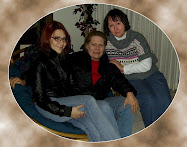

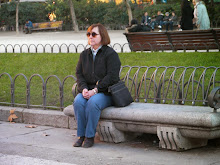
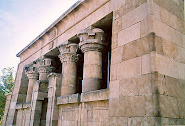
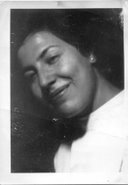
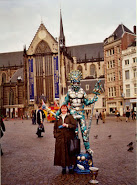




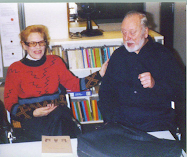






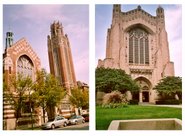
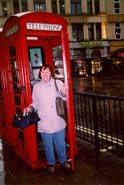



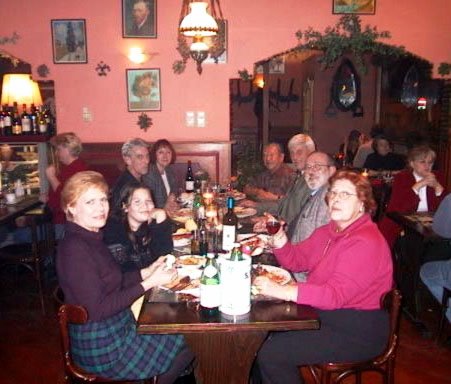
No comments:
Post a Comment